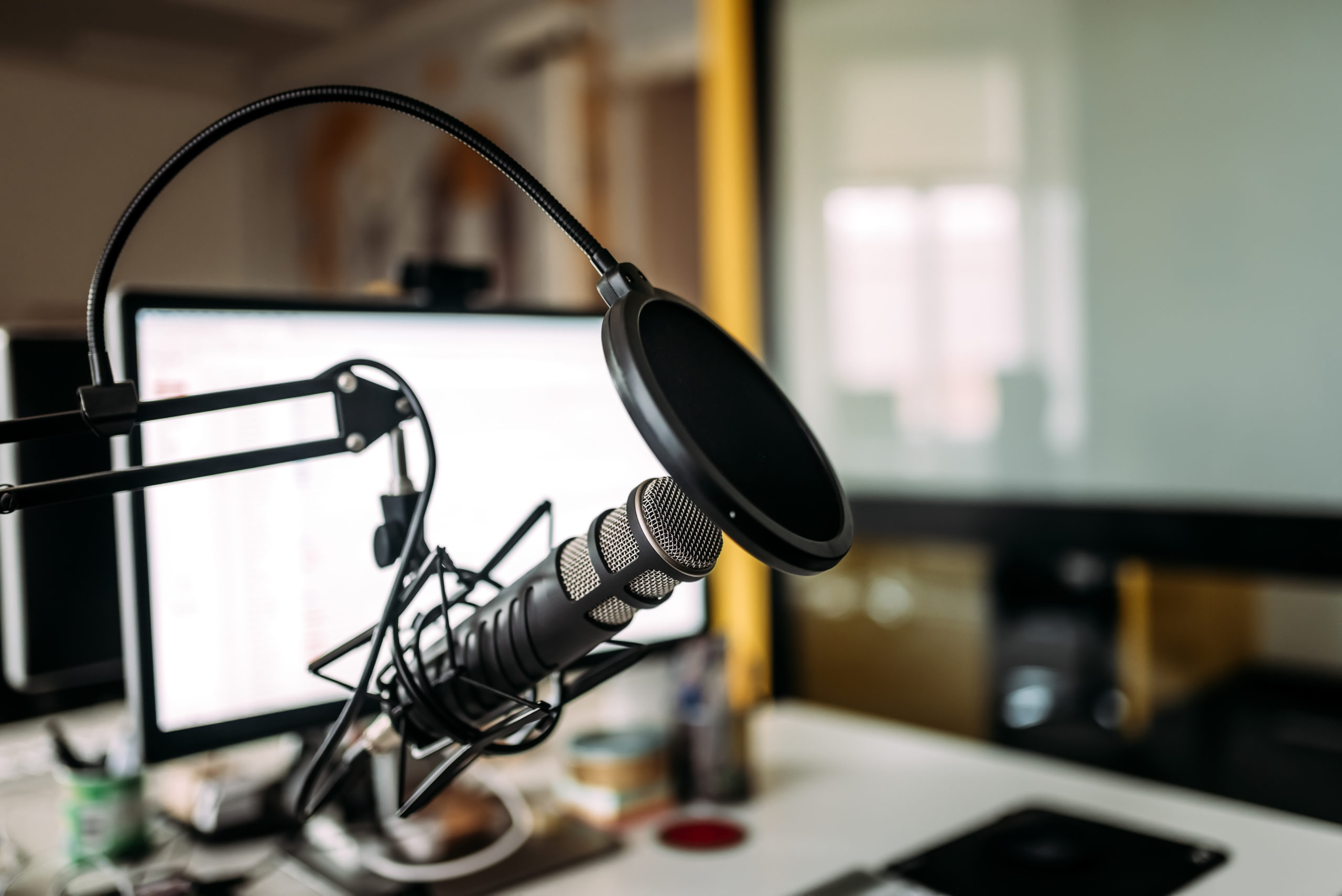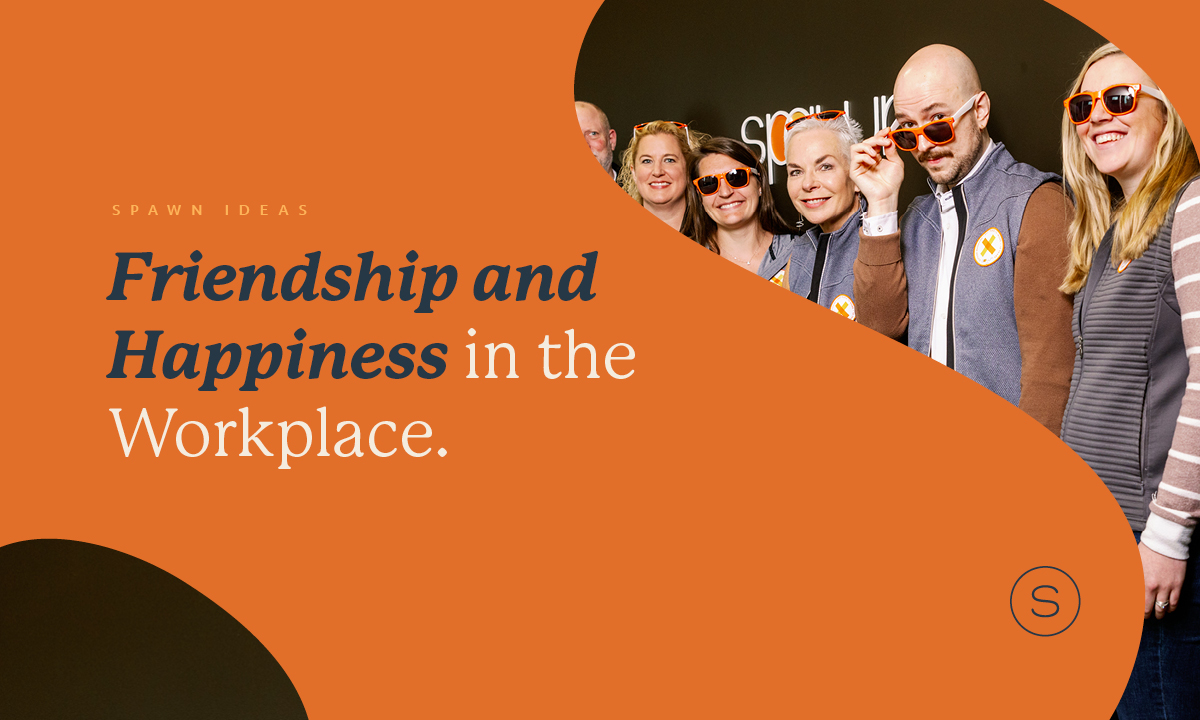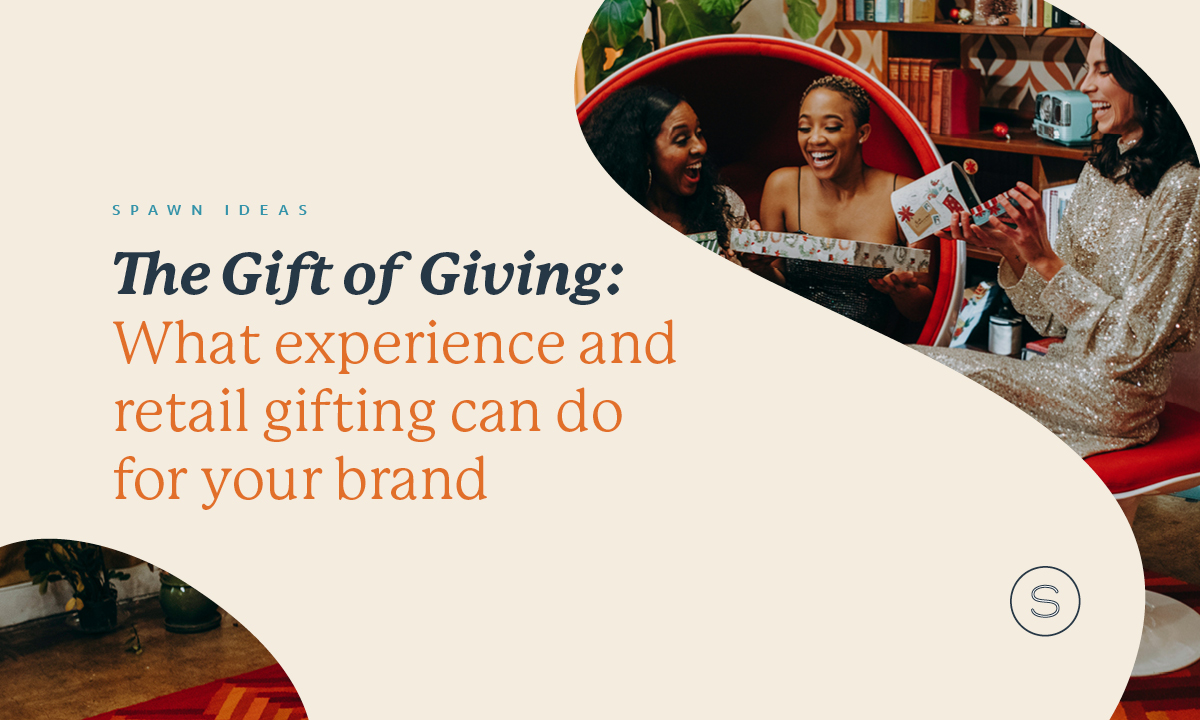In case you’ve been off the grid, podcasts– originally known as audio blogs– are on-demand dialogue recordings covering almost any topic you can think of. If you can google it, there’s a podcast on it (We’re not kidding, there are over 700,000 active podcasts to choose from).
And people are all ears for them: In the past year alone, there was an increase of 17 million active monthly subscribers, making podcasts the fastest growing media outlet in 2019.
We imagine this crazy growth is happening because podcasts occupy a space in the feel-good web, creating an intimate in-depth experience that feels like a break from a world that’s always on-the-go. Popular streams build a conversation around topics people care deeply about, such as society, culture, business and comedy.
And we think smart advertisers should look for ways to become a part of this rich audio landscape. It’s easier than you might think. Here’s a lowdown to get you started.
What Types of Ads are Used on Podcasts?
Podcast–ads
come in two primary formats, pre-produced and live-read promotional pieces.
Pre-produced ads give you full rein. You can create something essentially identical to a radio ad or create a script to be read by the podcast host, pre-recorded and inserted in the podcast. These ads are more familiar: They’ll follow much the same path for creation as a radio spot, which leaves you in complete control.
Live-read ads are more organic: You’ll share key talking points with the host and ask them to talk about your business or products in their own words and in the flow of the podcast conversation. It’s an ideal option when the podcast and its host are perfectly aligned with your brand. But because they’re done off-the-cuff, you should feel comfortable leaving your business’s image in the podcaster’s hands before taking this route.
What Makes a Great Podcast ad?
Because the podcast boom is still so new, marketers don’t yet have easy and sophisticated ways to track their advertising efforts. This lack of metrics, paired with the audio-only format of podcasts, can make measuring your efforts confusing.
So what are podcast advertising best practices? They all involve leveraging the podcast traits that listeners love.

Provide Value
People tune in because they want something good, whether it’s the thrill of a chilling crime scandal, a tactic for getting ahead or a much-needed laugh break. So, when making a podcast ad, think first about what’s in that podcast for your listener and give them more of that.
Podcasts that align with the values of your brand are smart channels for collaboration. And because 90% of listeners remain tuned-in for an entire podcasting episode, brands who integrate their ad amid podcast content have a high probability of being heard.
The job searching app Ziprecruiter previously partnered with the successful career motivational podcast Rise & Grind by Shark Tank star Daymond John. Ziprecruiter recognized his audience as individuals seeking career inspiration, which their app provides. Using Ziprecruiter then became a way for listeners to act on the inspiration they were getting from the podcast itself.
Speak in the Podcast’s Voice
Rather than telling podcast hosts how to get your message across, give them your message and let them say it their way.
Podcast hosts naturally develop a friend-to-friend relationship with their listeners, so conversational ads come off as a trusted recommendation rather than a forced break. And aren’t you much more likely to try a new brand when it’s recommended from a friend versus from an ad?
Cards Against Humanity, a fill-in-the-blank card game, took this approach to the next level with their no-ad ad campaign, which had hosts say “Cards Against Humanity has asked us not to read an ad so you can get back to the podcast”. Allowing listeners to essentially remain interruption free. By highlighting a shared love of the podcast, Cards Against Humanity became a member of the podcast’s tribe, rather than an interruption to the fun.
Be Clear on Your Expectations
Podcast listeners tend to be tech savvy, so they’re more likely than other audiences to use smart home and AI devices, be active on social media and remain consistently connected to tech throughout the day. This high-tech engagement means you can connect with listeners on a broad range of channels. However, the portability of podcasts means listeners are less able to follow up on a call to action, because they’re likely listening with both hands on the wheel or submerged in dirty dish water. It’s important for brands to have a strong audio logo that consumers can remember and recall long after they’ve finished the podcast.
Coca-Cola has mastered their audio identity with the production of their “pop n’ pour” audio logo, a signature short melody or sound, branding the refreshing sound of their soda’s bubble fizz. Other brands have used a similar approach with the use of a recognizable jingle, like the McDonald’s “I’m lovin’ it” tune, or a tag, like Hot Pockets’ familiar microwave “ding”.
To Sum Up: If You Want to Advertise on Podcasts…
- Find the right niche: Use listening tendencies to deliver better targeted consumer advertising. Seek collaborations with podcasts whose values align with your brand so your ads feel natural, not like a break in the action.
- Your story, their words: Maintain podcast intimacy by allowing hosts to improvise sponsored ads amid their own content. With the personal connection listeners feel toward podcasts hosts, these partnerships will likely seem like a friendly suggestion.
- Strengthen your brand recognition: Adopt a catchy audio logo consumers can recognize and recall. People should be able to identify your brand without the use of visual elements.
Ask yourself: How is your brand using audio to connect with consumers?





